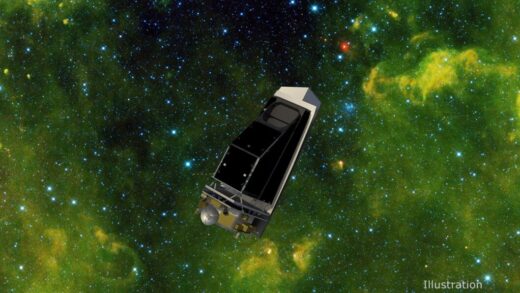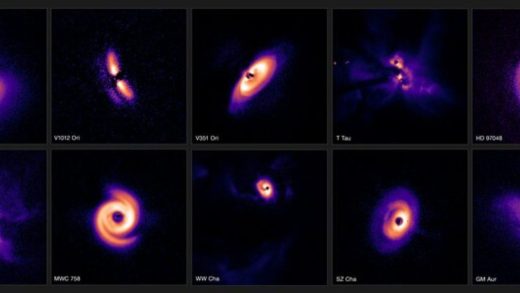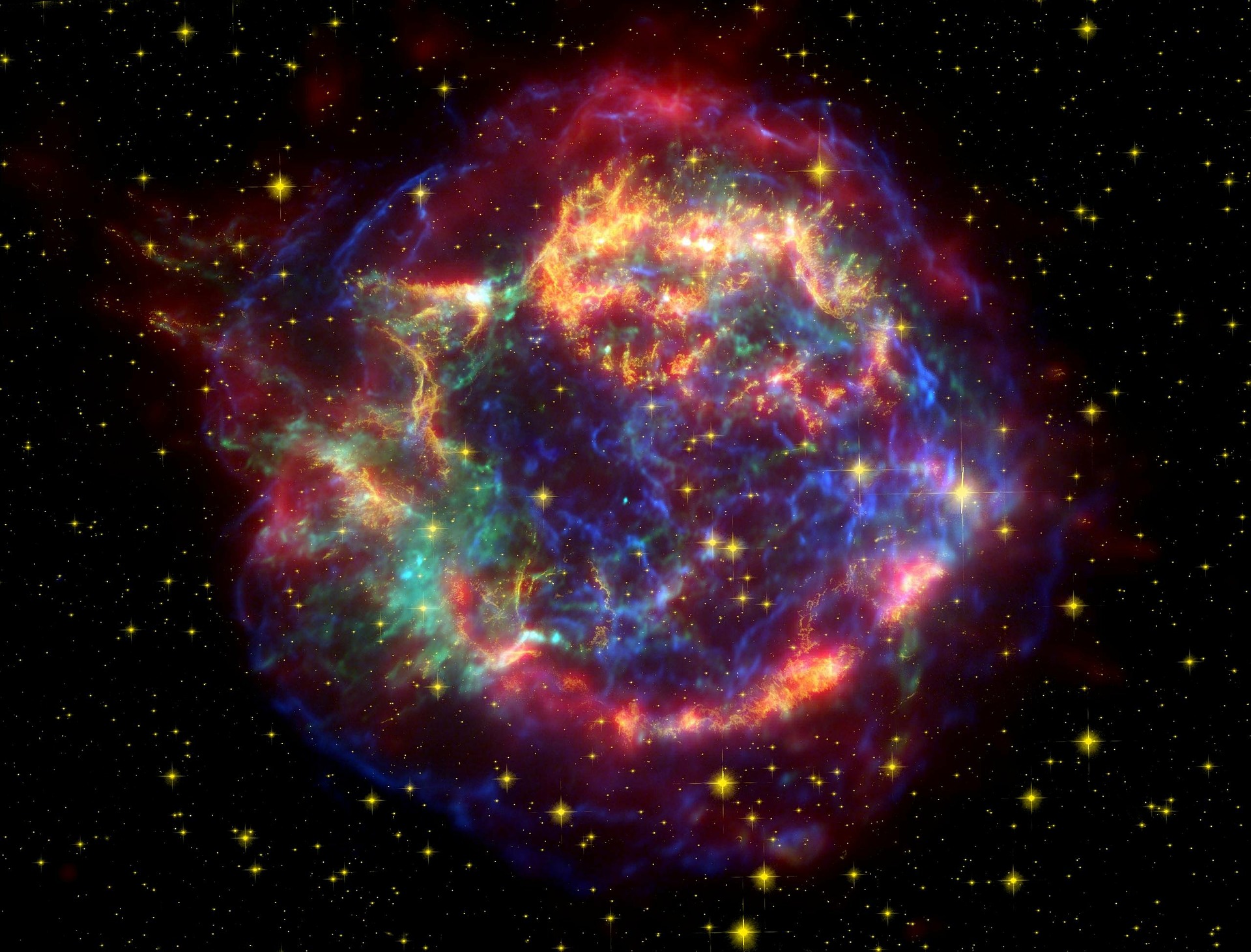NASA’s Parker Solar Probe zips past the sun: Catch a solar flare?
As soon as NASA’s Parker Solar Probe zips past the sun, scientists get excited as they expect that the spacecraft may catch a solar flare this time.
Parker has never before encountered such activity during its close encounters with the sun.
On Sept. 6, at 2:04 a.m. EDT (0604 GMT), the Solar Probe came within 5.3 million miles (8.5 million kilometers) of the sun’s surface; it’s the probe’s 13th close approach of the sun, or perihelion.
And it’s good news that this perihelion comes when the sun has been remarkably active, sporting a sunspot the size of Earth and having recently ejected solar flares and geomagnetic storms.
Solar Flare
A solar flare is one of several events that takes place on the surface of the Sun and is characterized by a sudden energy explosion caused by the tangling, crossing, or restructuring of magnetic field lines close to sunspots. The activity contains electrically charged gases that generate powerful magnetic fields in some areas.
Powerful solar flares and coronal mass ejections from the Sun slammed into Earth’s atmosphere in October and November 2003.
Between August 27-29 this year, observers of space weather observed a series of strong solar flares, the largest of which registered as an M8-class flare and occurred on August 29 at 7:07 a.m. EDT (1207 GMT), SpaceWeather.com reported.
Parker Solar Probe project scientist Nour Raouafi of Johns Hopkins University Applied Physics Laboratory (JHUAPL), which manages the mission, said in a statement that nobody had ever flown through a solar event so close to the sun previously. “The data would be totally new, and we would definitely learn a lot from it”, added Raouafi.
Joint Effort of Parker Solar Probe and Solar Orbiter
Launched in 2018, when the sun was in a quiet period in the 11-year solar cycle, Parker has 11 perhelia left in its mission even after the current maneuver, so scientists hope some will coincide with future solar events as their frequency increases. Fortunately, as scientists say, solar activity, which is already more than predicted, is currently ramping back up to solar maximum, which is predicted to occur in 2025.
According to NASA, Solar Orbiter, a joint project between NASA and the European Space Agency (ESA), which will observe the sun at the same time as Parker, but from 58.5 million miles (94.1 million kilometers) away after Solar Orbiter made a flyby of Venus on Saturday (Sept. 3), will provide even more data to scientists.
Related: Solar Flares: A Threat to Earth?
By combining the data from multiple space missions and even ground observatories, scientists hope to understand the bigger picture. “In this case, with both Parker and Solar Orbiter observing the sun from different distances, we will be able to study the evolution of the solar wind, gathering data as it passes one spacecraft and then the other”, Raouafi said.
According to NASA, the Parker Solar Probe became the first spacecraft to “touch” the Sun when it swooped inside the sun’s outer atmosphere, or corona, during its eighth flyby on April 28, 2021.
Parker Solar Probe is part of NASA’s Living with a Star program to explore aspects of the Sun-Earth system that directly affect life and society.
Auto Amazon Links: No products found.


